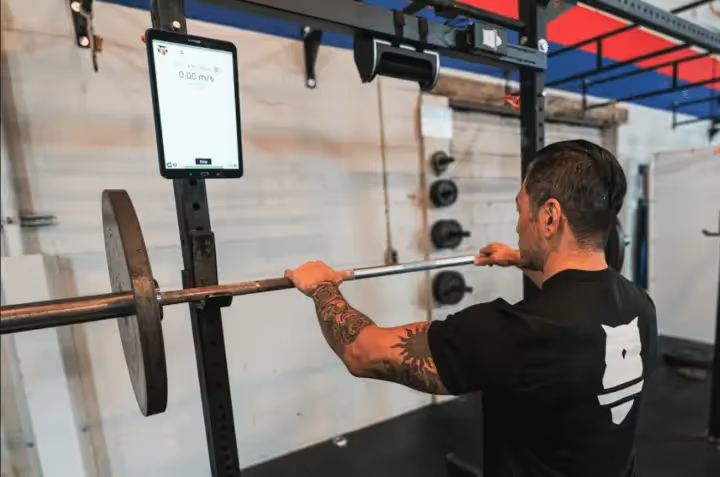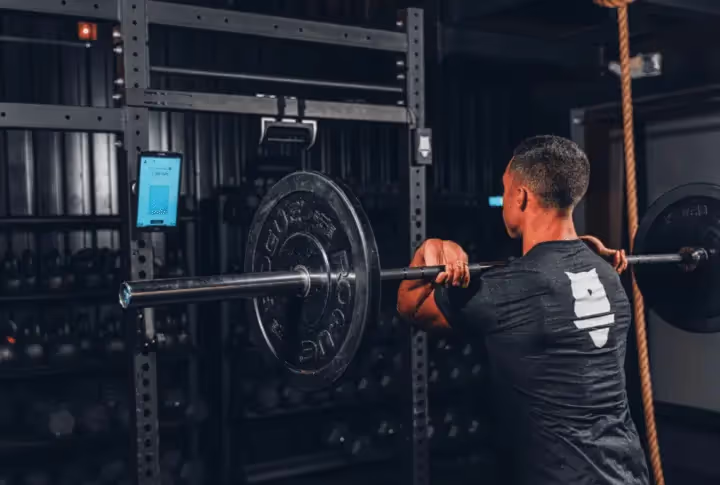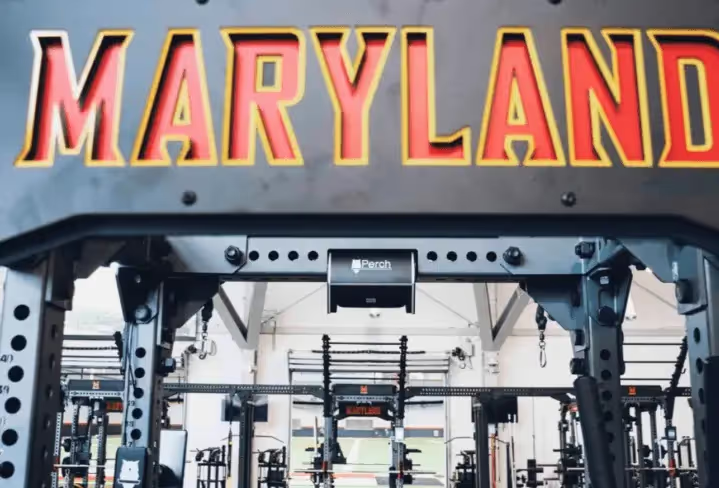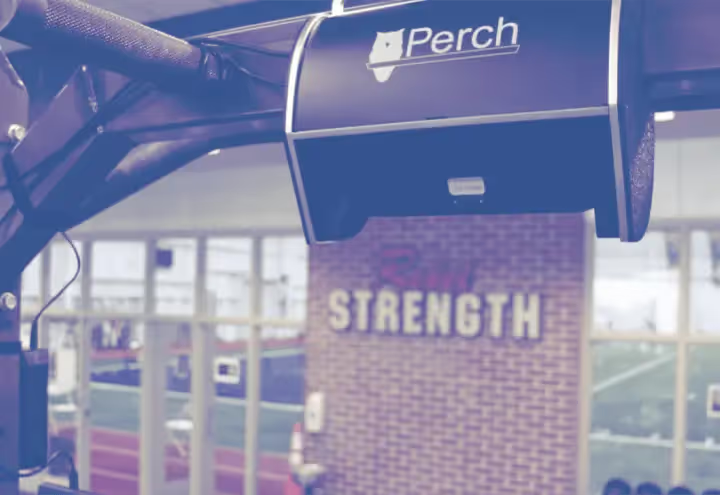VBT for High School Athletes

This week we are continuing our Velocity Based Training for specific populations series with VBT for High School Athletes. High School athletes are typically not fully physically developed, younger in training age and numerical age, and have a variety of external factors influencing their ability to perform. These can range from school stress, college application stress, family stress, travel stress, and oftentimes nutritional stress as well. Younger athletes are
Through this post, we want to remember that for high school athletes who are still developing, lifting is supplemental. While it can certainly help prevent injury and enhance performance, it should not be loaded for loading’s sake. Progressive overload and close monitoring of individual progress should still be sound practice, and their sport should not detract from education or family life.

SOME HIGH SCHOOL ATHLETE STATISTICS
INJURY RATES
In a comprehensive 2016⁄2017 meta-analysis of all annual high school athlete injuries, the University of Colorado provided data indicating the amount of injuries high school athletes sustain in a calendar year. An estimated 1,160,321 high school athletes were injured in 2016⁄2017. This totals about 2.09% of all high school athletes. While the percentage may not seem unreasonably high, the sum total of injuries certainly is. And whether just a few days or season or career ending, every injury matters. Coaches can help mitigate and decrease that number both in and out of the weight room by checking in with their athletes, assessing readiness to perform, and providing tangible resources for recovery and nutrition [12].
NUTRITIONAL RATES
In 2018, an independent organization surveyed thousands of high school students in order to understand the nutritional habits of the demographic. Of the surveyed high schoolers, 14.1% were found to have not eaten breakfast, 18.7% consumed high amounts of soda, and 5.6% had low fruit consumption while 7.2% had low vegetable consumption [13]. General recommendations for high school aged athlete macronutrient consumption is Carb 45-65%:Protein 10-30%:Fat 25-35% [10]. High amounts of low sugar fluids are recommended as well (13 mL/kg body weight during exercise, and 4 mL/kg body weight after exercise). It is widely recommended that high schoolers eat breakfast and time meals and snacks out throughout the day [10].
GRADUATION RATES
In 2014, Kansas High School athletes graduated at a rate of 98%, versus their non-athletic peers at 90% [11]. With this in mind, keeping athletes involved in sports is incredibly important for their overall health, well-being, and education. Training therefore needs to enhance health and performance and prevent injuries instead of overstress. We need to know what stimulus we are providing with greater precision. And in order to know this with certainty, we need data points to back it up.

High schoolers are learning how to take care of themselves, eat appropriately, train appropriately, and recover appropriately. With so many variables at play, the addition of data points in the weight room can give us an idea of how external stressors may be impacting their performance. Through VBT administered readiness assessments, and continually assessing and adjusting throughout the course of a workout, we give our high school athletes a chance to create positive adaptations. Moreover, we give coaches a chance to be alerted if an issue inside or outside the weight room exists.
TRAINING FREQUENCY
Because of the young training age, a lot of initial adaptations for high school athletes are neuromuscular [1]. Meaning they may not initially be getting “stronger” they may just be increasing the efficiency of their movement patterns. This process is enhanced by greater volume, not load. And the volume can help be quantified when it is backed up by data points related to velocities.
Without using velocity to inform the intent of the athlete’s pattern, we’re guessing if the volume is enough to initiate the desired adaptations. Velocity Based Training is autoregulatory, the volume is therefore autoregulatory, and assuming maximal intent, an athlete will stop when the volume truly is enough which will be dictated by movement speed and thresholds [4, 7-8]. If a younger athlete can use VBT to regulate total volume and load, and increase efficiency of their movement patterns and do so with sound data at a faster rate than previously possible, greater improvements can be made much quicker.

CONCLUSION
With exorbitant variables at play for developing high school athletes, having additional data points from velocity based training can only help paint a full picture. Coaches can use this data to help athletes who may be struggling, to encourage those who need it, and ultimately help improve wellness and overall performance.
OTHER RELEVANT POSTS!
Curious about the Coach's perspective on VBT? Check out our Coach's Corner series with high school strength coach's!
Check out our Return To Play from Covid-19 series!
Read more about Perch here! And check out Product Videos here. And our support website here.
Back to basics? Review the origins of VBT and Strength Training!
SOURCES
- Baechle, T., Earle, R., & National Strength & Conditioning Association (U.S.). (2008). Essentials of strength training and conditioning (3rd ed.). Champaign, IL: Human Kinetics.
- Bourdon, P. C., Cardinale, M., Murray, A., Gastin, P., Kellmann, M., Varley, M. C., … Cable, N. T. (2017). Monitoring Athlete Training Loads : Consensus Statement Monitoring Athlete Training Loads : Consensus Statement. International Journal of Sports Physiology and Performance, 12(May), 161–170.
- Gonzalez-Badillo, J.; Sanchez-Medina, L. Movement velocity as a measure of loading intensity in resistance training. Int. J. Sports Med. 2010, 31, 347–352.
- Jidovtseff, B.; Harris, N.; Crielaard, J.; Cronin, J. Using the load-velocity relationship for 1rm prediction. J. Strength Cond. Res. 2011, 25, 267–270.
- Jiménez-Reyes, P., Samozino, P., Brughelli, M., & Morin, J. B. (2017). Effectiveness of an individualized training based on force-velocity profiling during jumping. Frontiers in Physiology.
- Jovanovich, M.; Flanagan, E. Research application of velocity based strength training. J. Aust. Strength Cond. 2014, 22, 58–69.
- Mann, B., Kazadi, K., Pirrung, E., & Jensen, J. (2016). Developing explosive athletes: Use of velocity based training in athletes. Muskegon Heights, MI: Ultimate Athlete Concepts.
- Mann, J. B., Thyfault, J. P., Ivey, P. A., & Sayers, S. P. (2010). The effect of autoregulatory progressive resistance exercise vs. linear periodization on strength improvement in college athletes. Journal of Strength and Conditioning Research.
- Thorpe, R. T., Atkinson, G., Drust, B., & Gregson, W. (2017). Monitoring fatigue status in elite team-sport athletes: Implications for practice. International Journal of Sports Physiology and Performance, 12, 27–34.
- Potgieter, S. (2013). Sport nutrition: A review of the latest guidelines for exercise and sport nutrition from the American College of Sport Nutrition, the International Olympic Committee and the International Society for Sports Nutrition. South African Journal of Clinical Nutrition. https://doi.org/10.1080/16070658.2013.11734434
- Barkhorn, E. (2014, January 30). Athletes Are More Likely to Finish High School Than Non-Athletes. Retrieved from https://www.theatlantic.com/education/archive/2014/01/athletes-are-more-likely-to-finish-high-school-than-non-athletes/283455/
- Comstock, D., Pierpoint, L., Erkenbeck, A., Bihl, J., (2017). National High School Sports-Related Injury Surveillance Study. High School RIO., 1-127.
- Nutrition Habits of U.S. High School Students. (2017). Retrieved from https://stateofchildhoodobesity.org/high-school-nutrition/

Start Gathering Data With Perch Today!
Reach out to us to speak with a representative and get started using Perch in your facility.

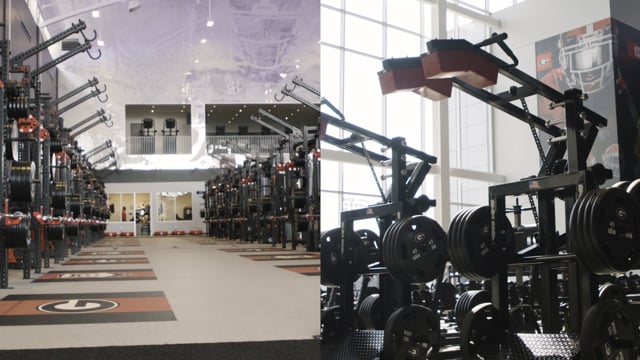
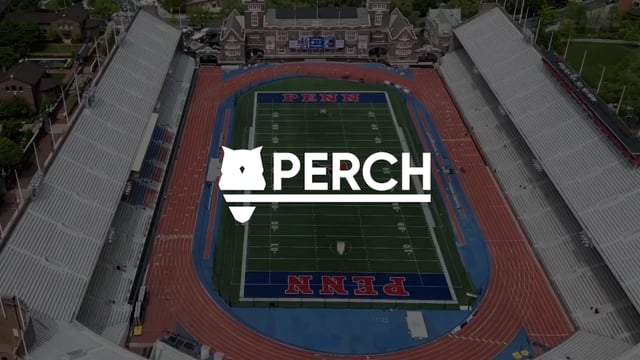


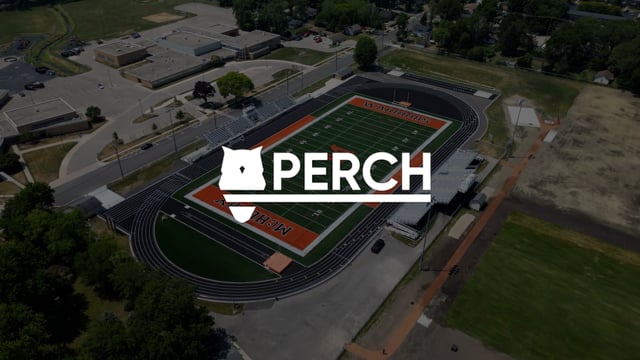
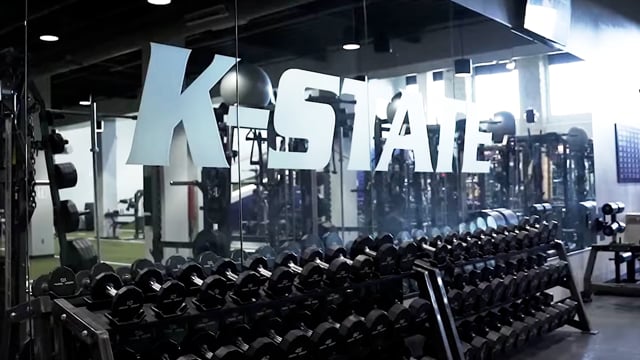


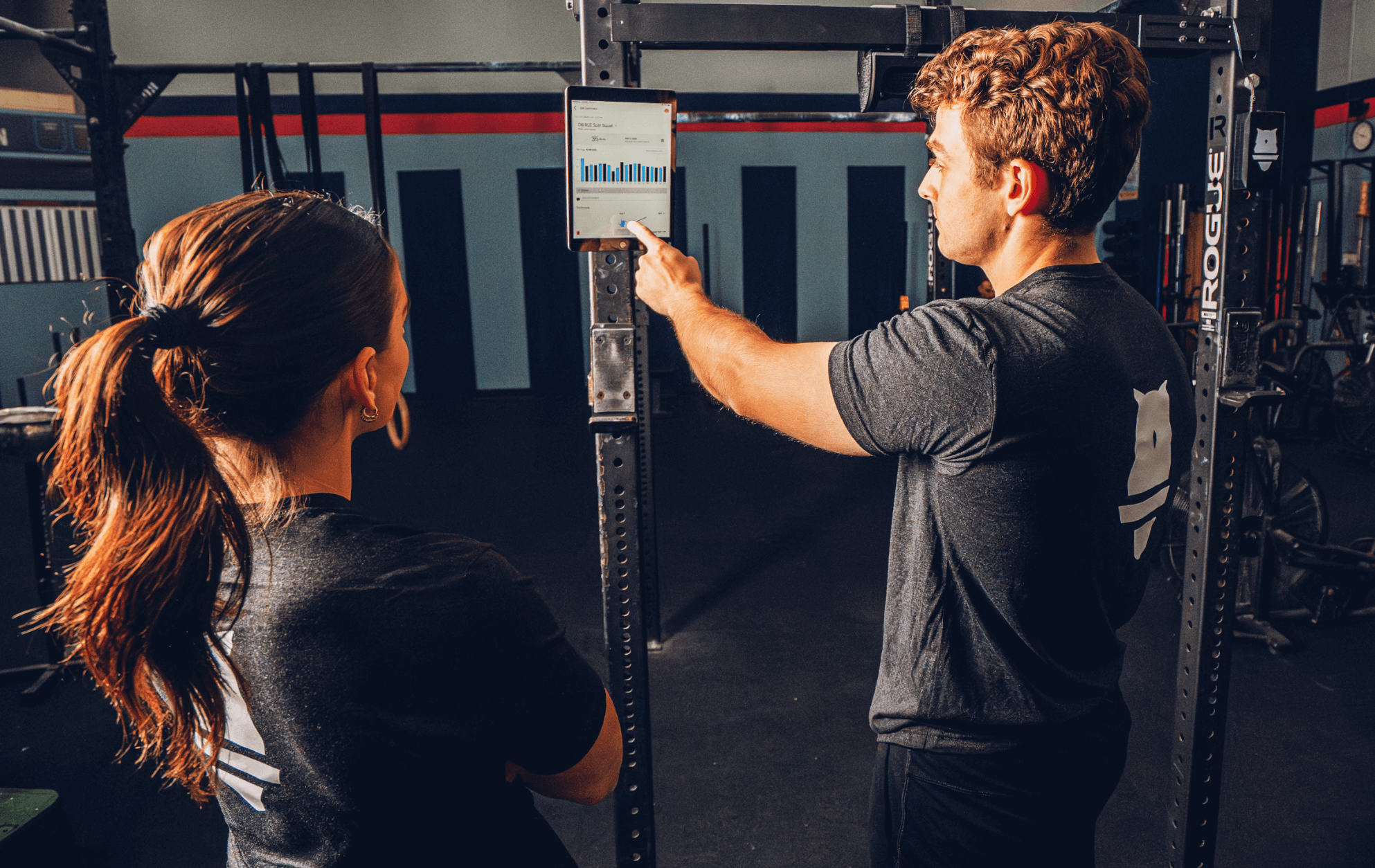
































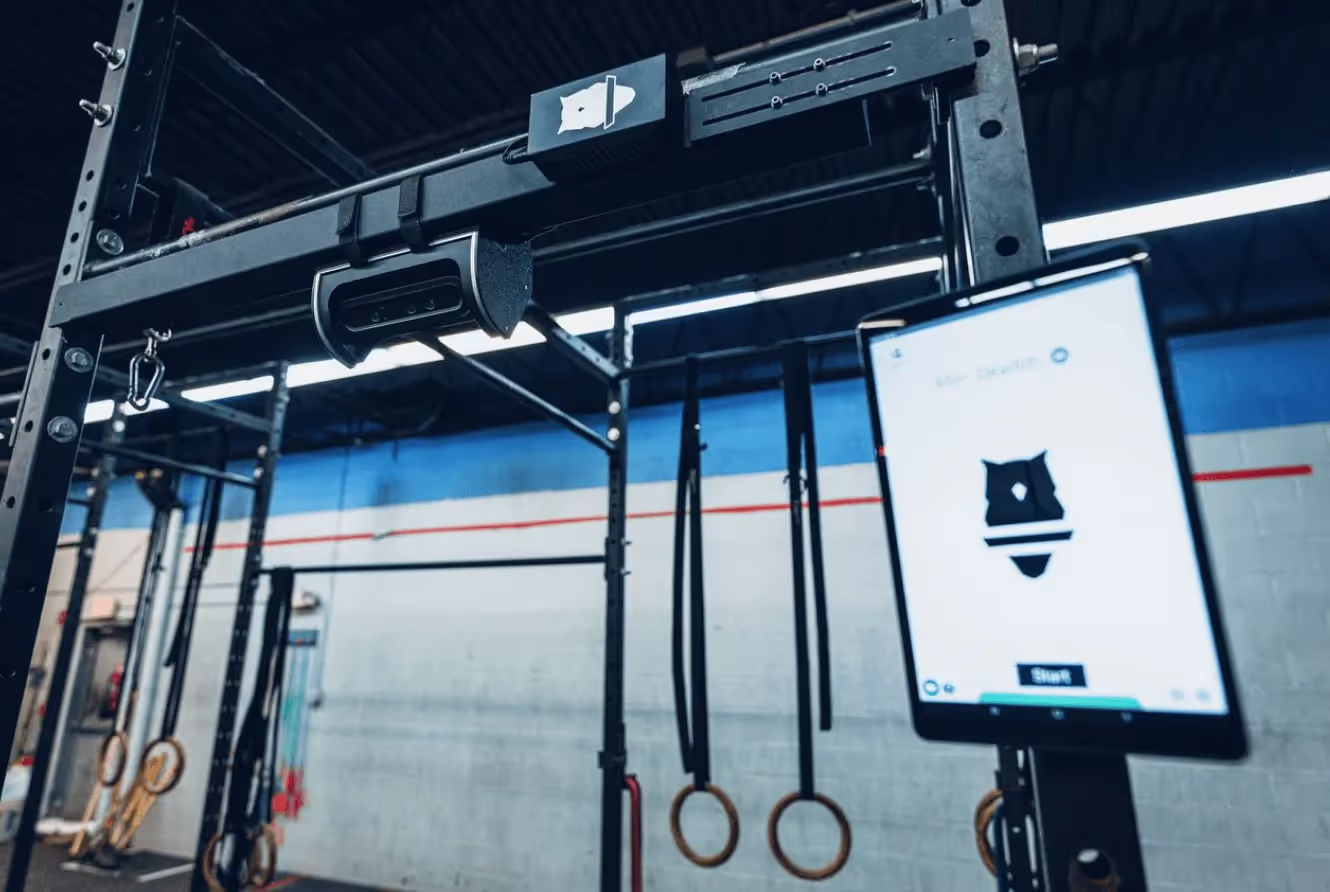
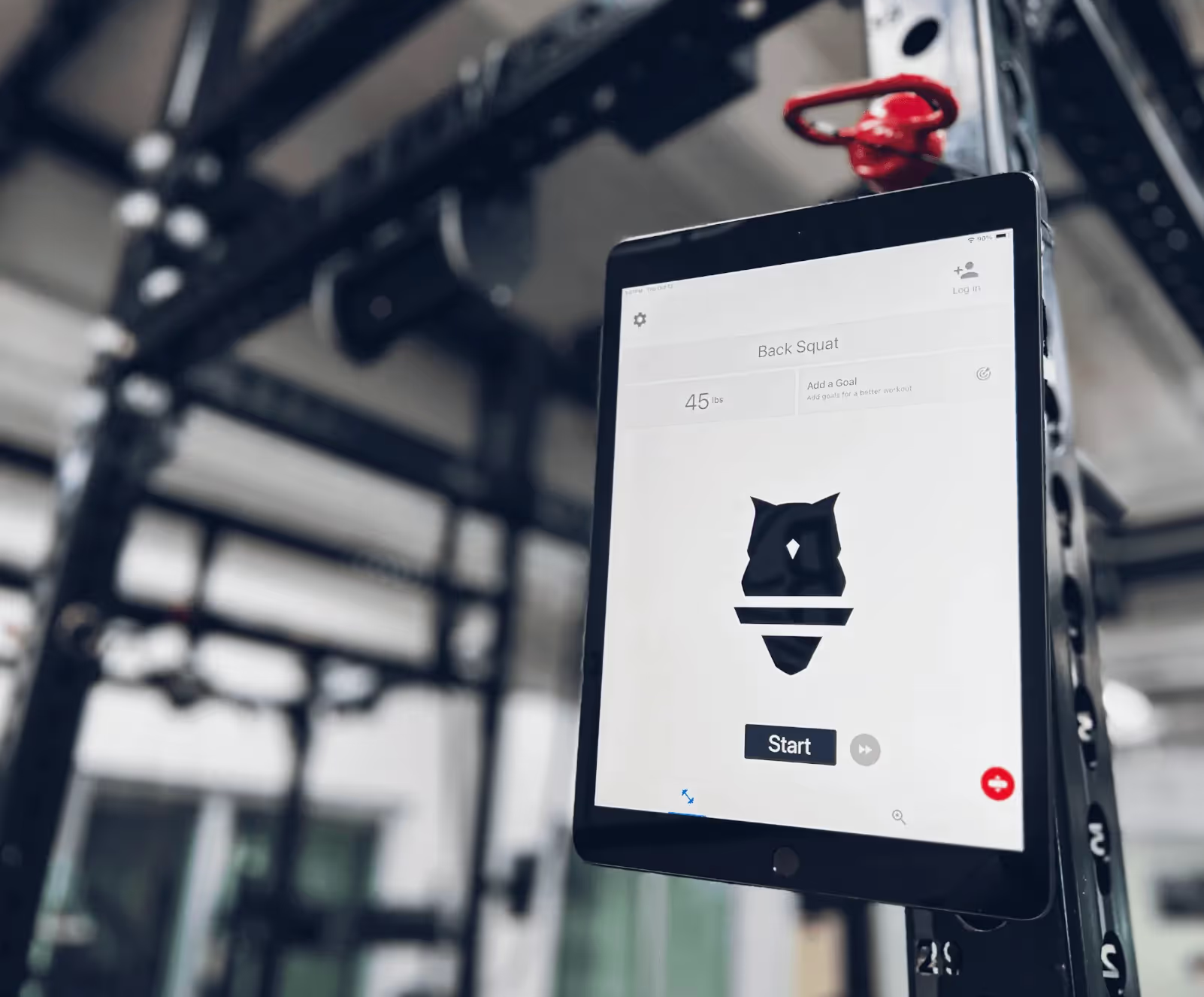



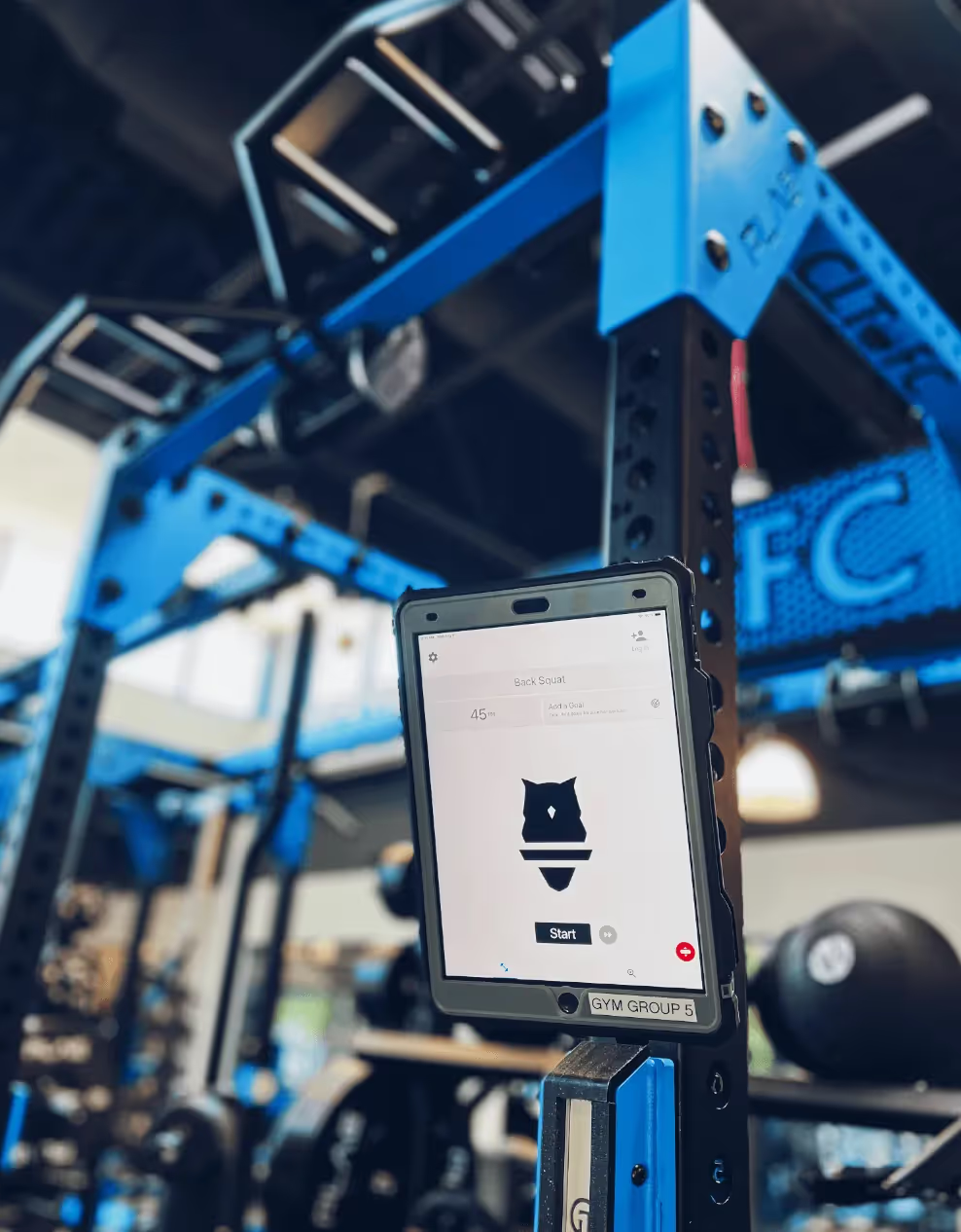
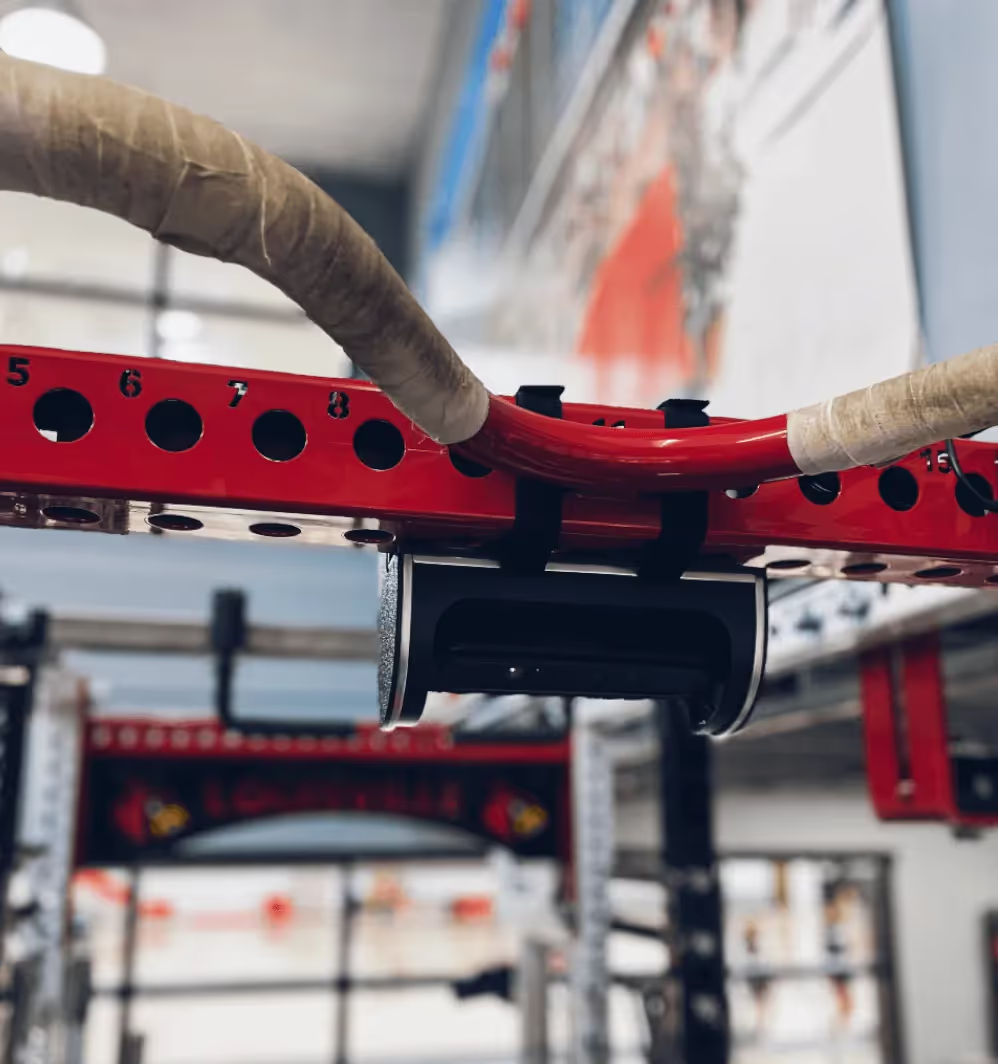






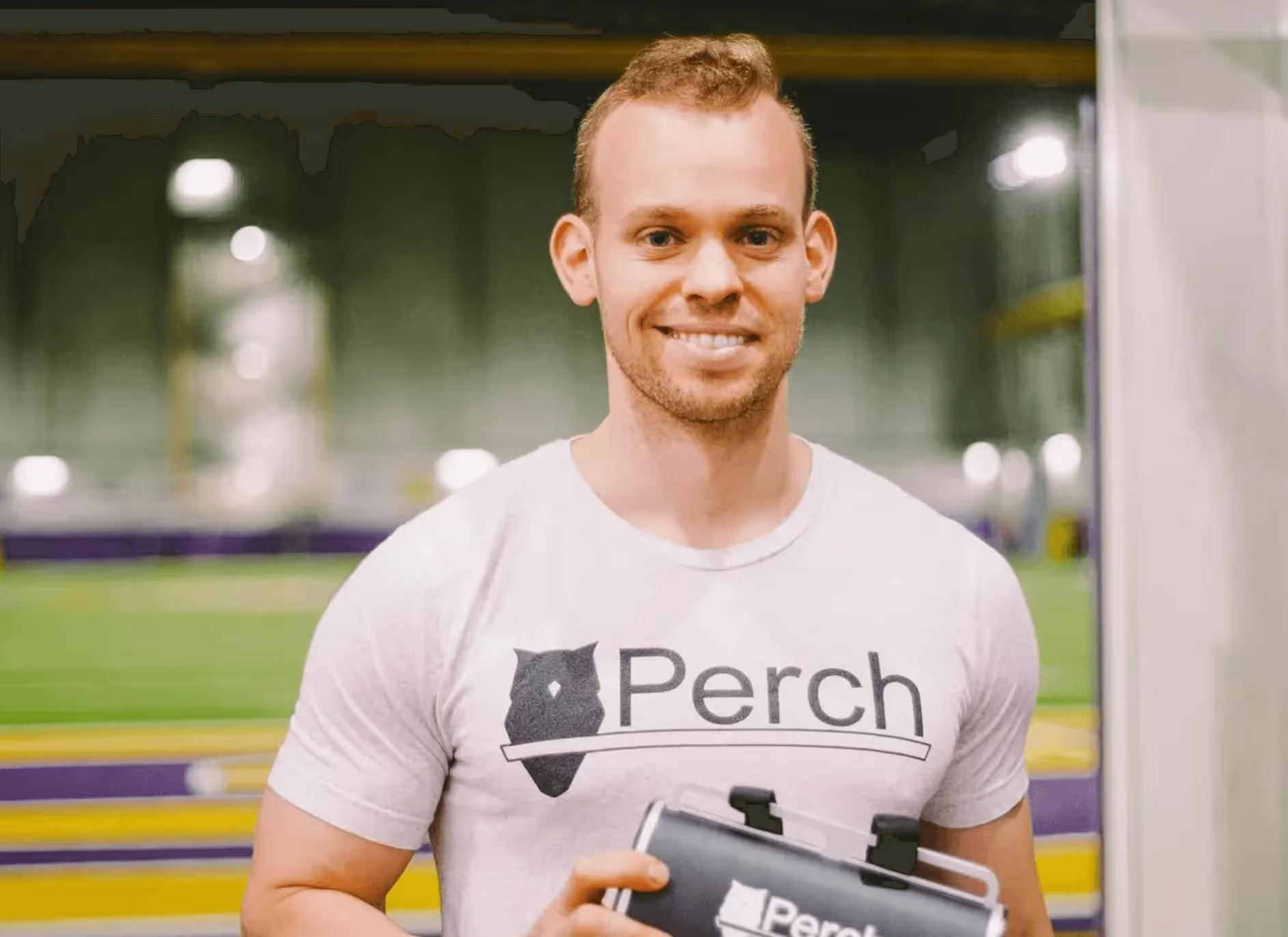





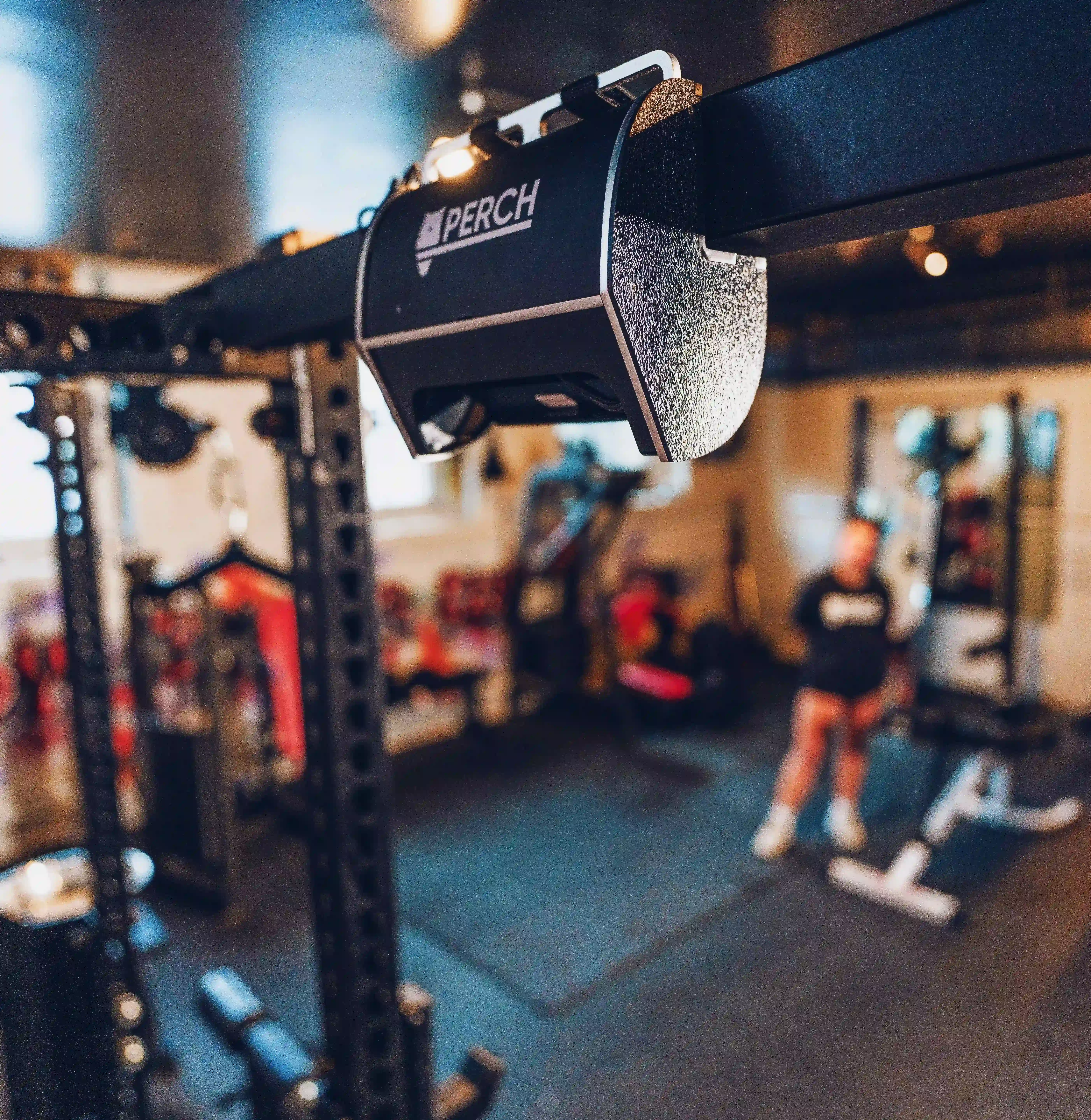
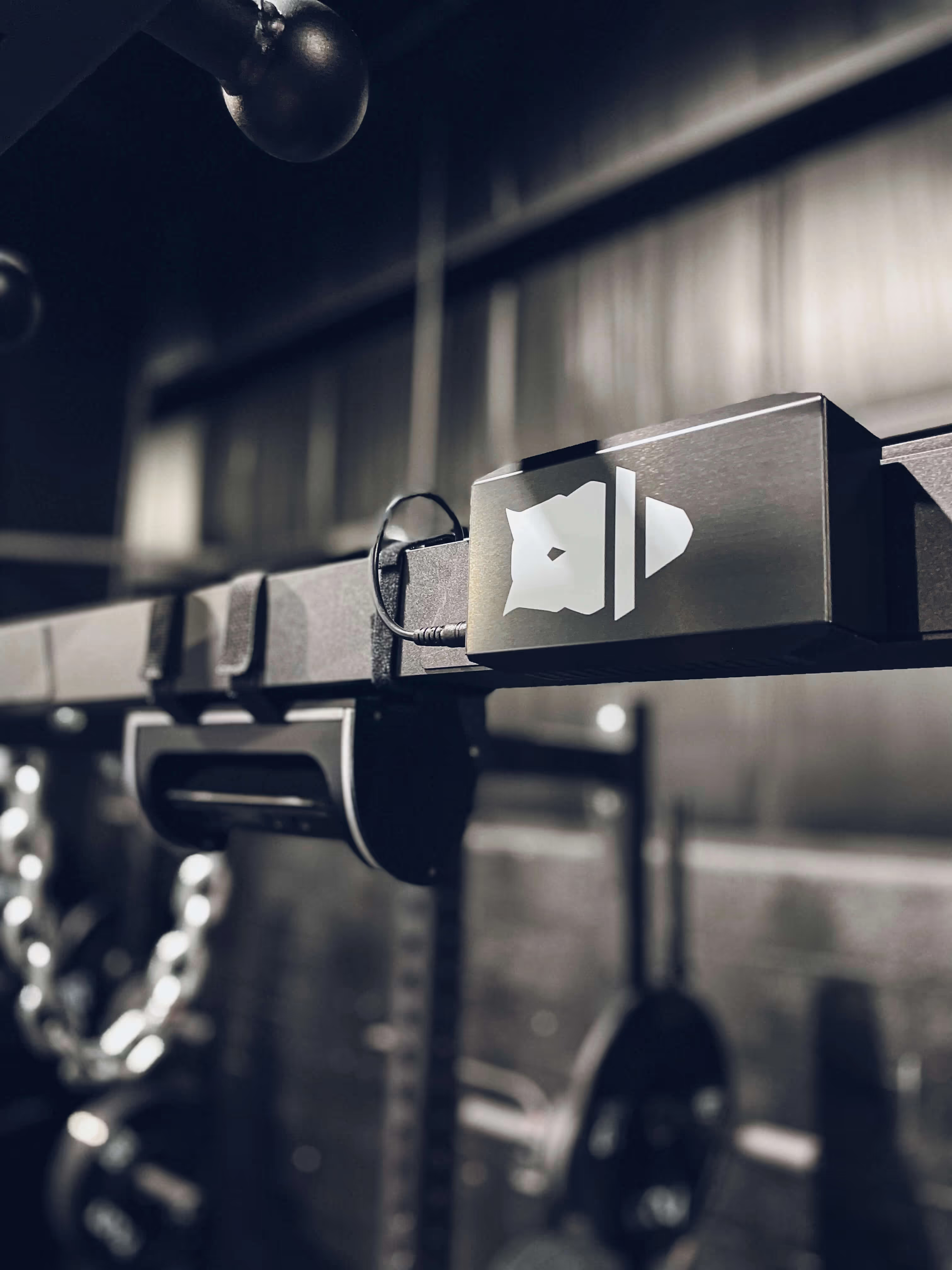

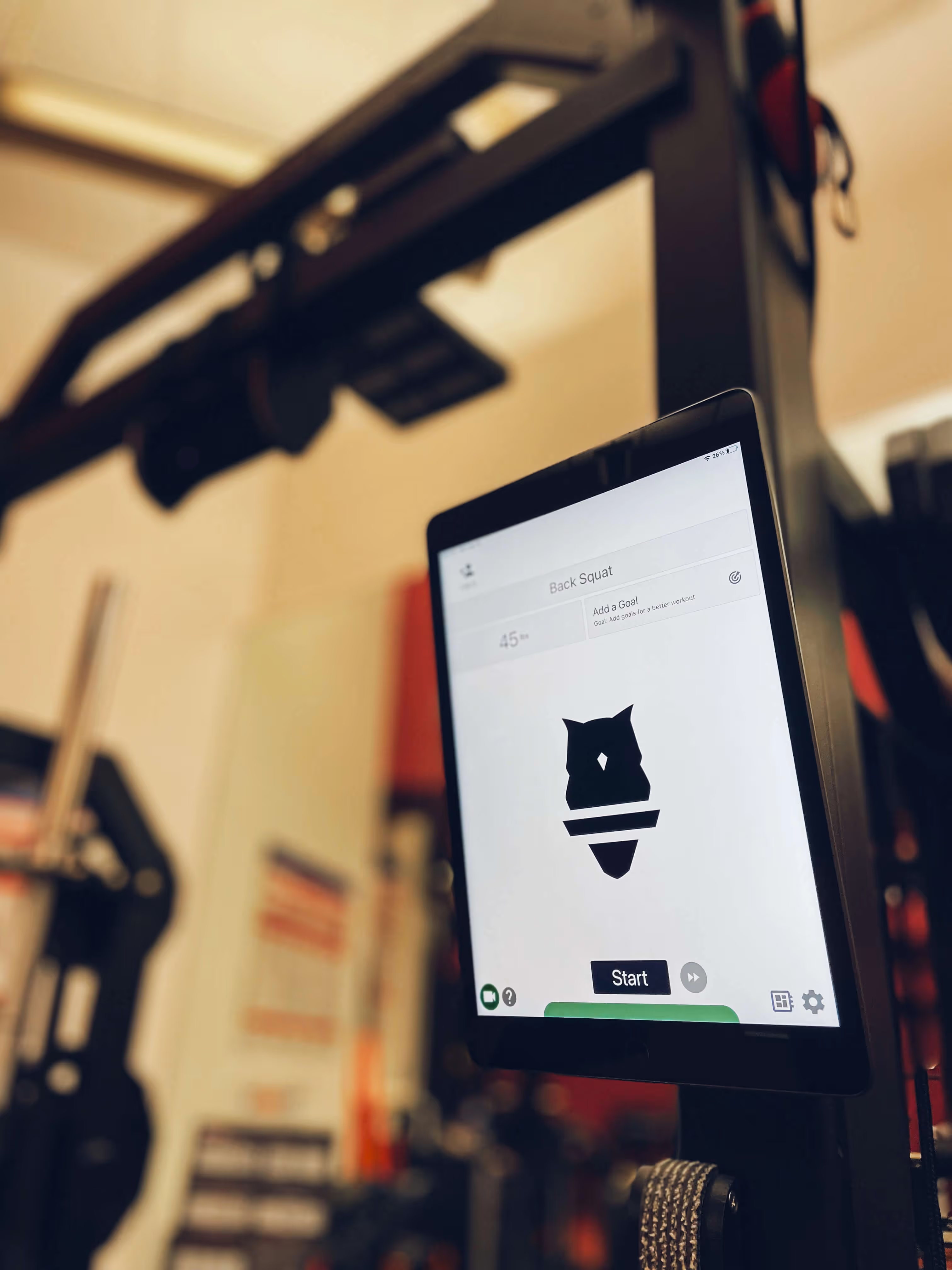

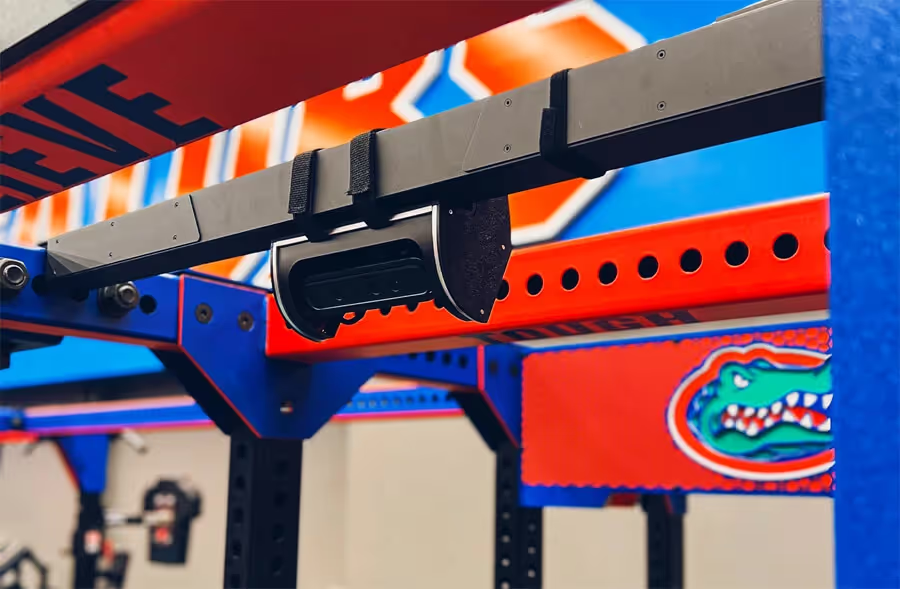






.avif)






